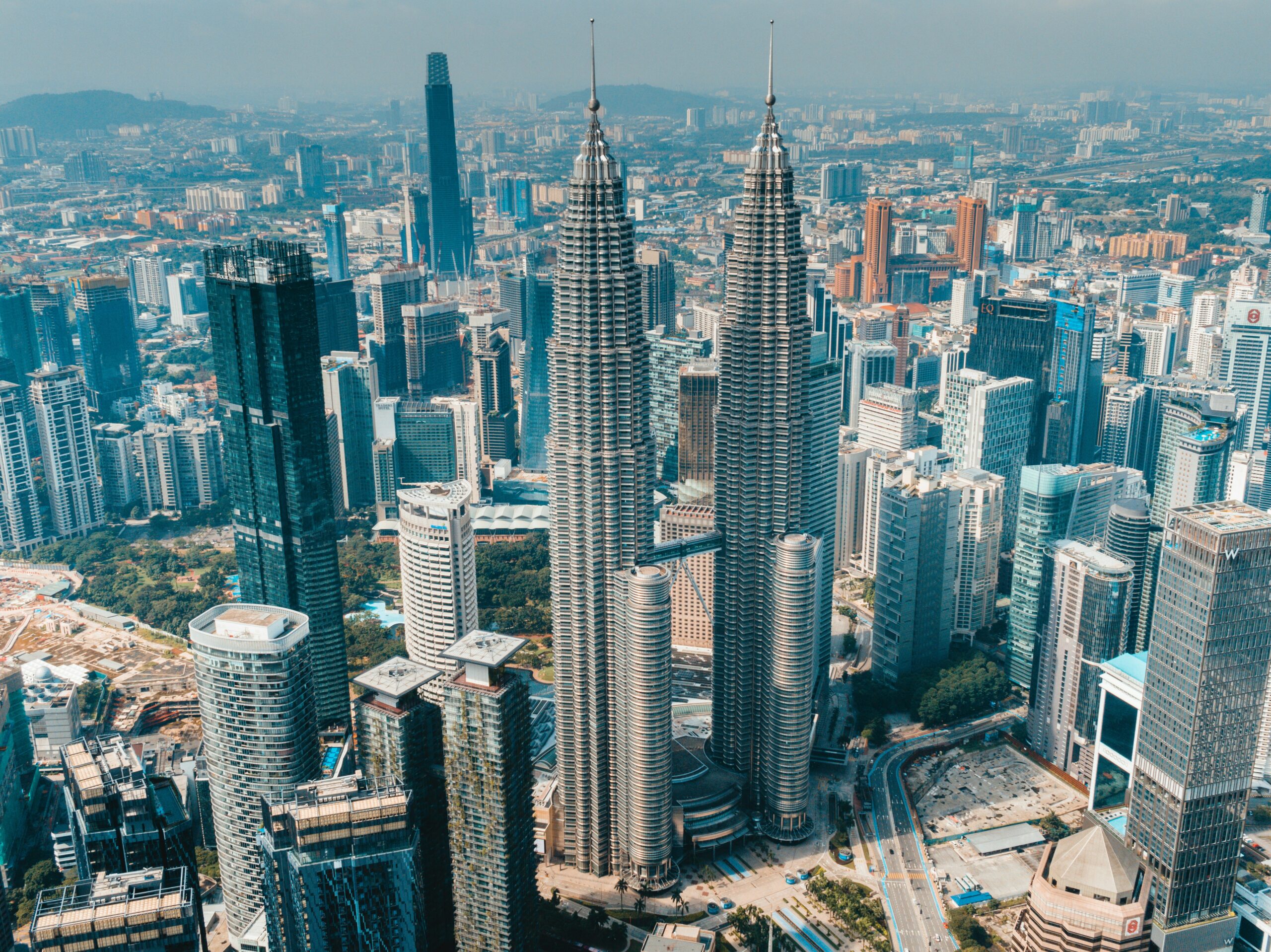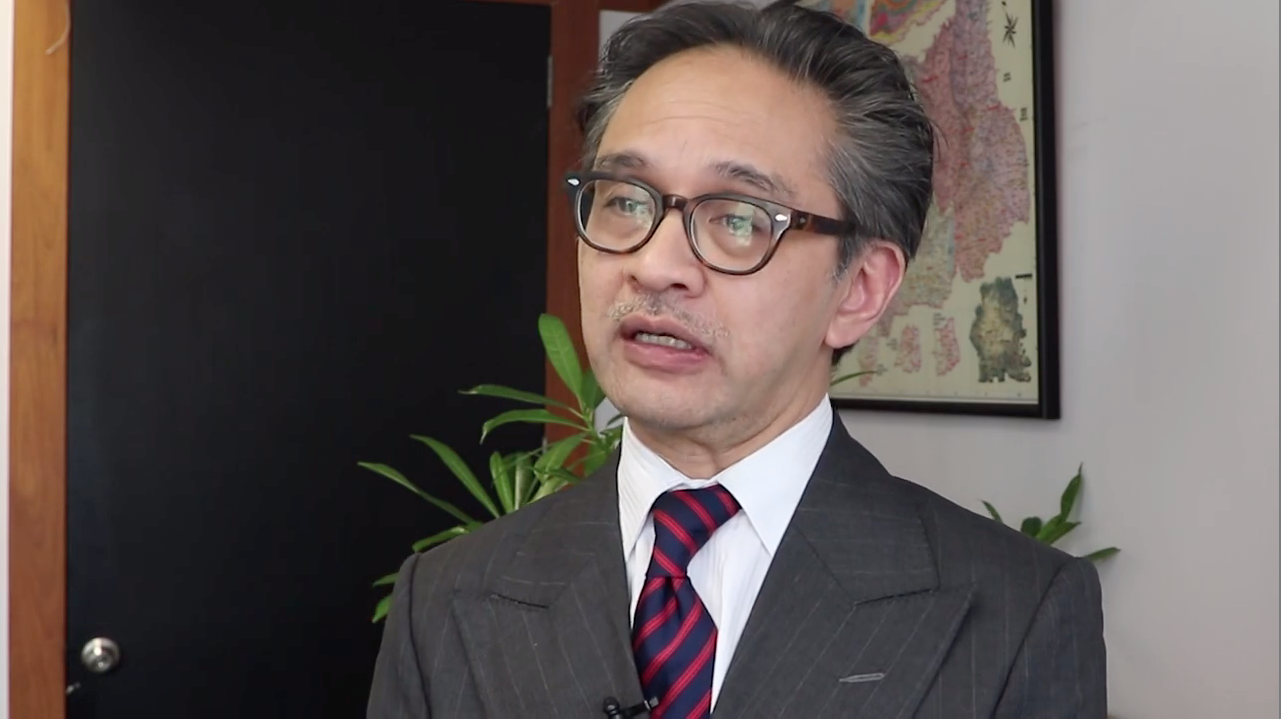The ASEAN Infrastructure Fund (AIF) Action Plan 2025–2028 focuses on addressing infrastructure gaps across Southeast Asia. The plan aims to boost sustainable development by increasing the region’s capacity to finance critical infrastructure projects. These projects include energy, connectivity, water supply, and transportation, all vital for ASEAN’s economic growth and integration.
Established in 2011, the AIF works closely with the ten ASEAN member states and the Asian Development Bank (ADB). The fund has mobilized over nine billion dollars since its inception, supporting more than a dozen infrastructure projects in the region. The 2025–2028 Action Plan builds on this foundation and marks a shift toward green and climate-resilient infrastructure. This transition reflects the region’s growing awareness of environmental sustainability and the need to align with global climate goals.
The Action Plan outlines four key priorities. The first priority is to expand financial capacity. This means raising new capital so the AIF can increase its lending and support more infrastructure projects. ASEAN countries face significant financing gaps, and expanding the fund’s capacity helps fill those gaps. More financial resources allow governments to invest in projects that improve connectivity, boost economic activity, and raise living standards.
The second priority focuses on improving loan competitiveness. By reviewing and adjusting policies, the AIF aims to offer loans with better terms and pricing. This step makes borrowing more affordable for ASEAN member states. Competitive loans encourage countries to utilize the fund more effectively and accelerate project implementation. Lower borrowing costs translate to faster completion of infrastructure projects, which benefits the economy.
The third priority is diversifying financing solutions. The Action Plan proposes new financial instruments tailored to regional needs. For example, it introduces pilot loans in Islamic finance to cater to the preferences of some member states. The plan also supports preparation of regional connectivity projects such as the ASEAN Power Grid. These financing innovations help meet the diverse infrastructure needs of ASEAN countries, from energy to transport to digital connectivity.
The fourth priority involves strengthening collaboration through the ASEAN Catalytic Green Finance Facility (ACGF). The ACGF works with multilateral development banks and development finance institutions to increase the expertise and resources available for green infrastructure projects. By expanding partnerships, the AIF gains access to additional financing and technical support. This collaboration improves the quality and sustainability of funded projects.
Since 2024, the AIF has operated as a green fund. This status highlights a clear commitment to supporting low-carbon, climate-resilient infrastructure. Sustainable infrastructure projects reduce environmental impact while improving economic outcomes. For example, investments in renewable energy or energy-efficient transportation contribute to lower emissions. The green fund approach also attracts investors focused on environmental, social, and governance (ESG) criteria. This helps ASEAN tap into a growing market of sustainability-conscious investors.
The AIF’s recent partnership with the Asian Infrastructure Investment Bank (AIIB) and the Asian Development Bank strengthens its capacity. The three institutions signed a letter of intent in early 2025 to enhance cooperation on ASEAN-related infrastructure projects. This partnership focuses on key regional initiatives like the ASEAN Power Grid and green finance projects. By pooling resources and expertise, the institutions improve project design and financing options. This cooperation accelerates implementation and expands the pipeline of viable infrastructure projects.
The impact of the AIF Action Plan on ASEAN’s development is significant. Infrastructure remains a bottleneck for the region’s economic progress. Poor connectivity and inadequate utilities limit trade, investment, and productivity. By addressing these gaps, the Action Plan supports sustainable economic growth. It enables countries to build resilient infrastructure that withstands climate risks and natural disasters. Improved infrastructure also helps reduce inequality by connecting underserved communities to markets and services.
Moreover, the focus on green infrastructure aligns ASEAN with global climate commitments. The Paris Agreement and other international frameworks require countries to reduce emissions and increase resilience. ASEAN countries face unique climate challenges, including flooding, droughts, and sea level rise. The AIF’s green fund status enables targeted investment in projects that address these risks. This contributes to climate adaptation and mitigation while fostering economic development.
The expanded financial capacity and diversified financing tools give ASEAN countries more options. Governments can choose loans or grants suited to their needs. This flexibility helps countries prioritize projects that deliver the most impact. The improved competitiveness of loans lowers the cost of infrastructure finance, freeing up resources for other priorities. Enhanced collaboration with regional and global partners also opens doors for co-financing and technical assistance.
In practical terms, the Action Plan supports projects like cross-border energy grids, water treatment plants, sustainable transport systems, and digital infrastructure. For example, the ASEAN Power Grid aims to connect national electricity systems for efficient energy distribution. This project improves energy security and supports renewable energy integration. Similarly, investments in water and sanitation infrastructure improve public health and reduce environmental pollution.
The success of the Action Plan depends on several factors. Member states must commit to project implementation and reform. Transparent governance and efficient project management are critical to attract investment. The fund’s ability to mobilize new capital hinges on demonstrating impact and maintaining financial discipline. The collaboration with AIIB, ADB, and other partners will provide necessary support but also requires coordination.
ASEAN’s development trajectory depends heavily on infrastructure investment. The region’s young and growing population demands better services and economic opportunities. The AIF Action Plan 2025–2028 provides a practical roadmap to meet these demands. By increasing financial capacity, improving loan terms, diversifying solutions, and building partnerships, the fund enhances ASEAN’s infrastructure landscape.
The plan also addresses the urgent need to balance economic growth with environmental sustainability. Climate change impacts pose significant risks to infrastructure and economic stability. The green fund approach helps ASEAN move toward low-carbon development pathways. It also aligns infrastructure investment with broader sustainable development goals.
In summary, the ASEAN Infrastructure Fund Action Plan 2025–2028 represents a concrete step to close infrastructure gaps, support sustainable growth, and build resilience. It strengthens ASEAN’s ability to finance critical projects and responds to the region’s evolving economic and environmental challenges. The plan’s success will depend on continued commitment from member states and effective collaboration with development partners. If implemented well, it will contribute significantly to ASEAN’s goal of a connected, sustainable, and inclusive future.



